Newly discovered bacteria are found to degrade petroleum-based plastics but their applications are yet to be determined
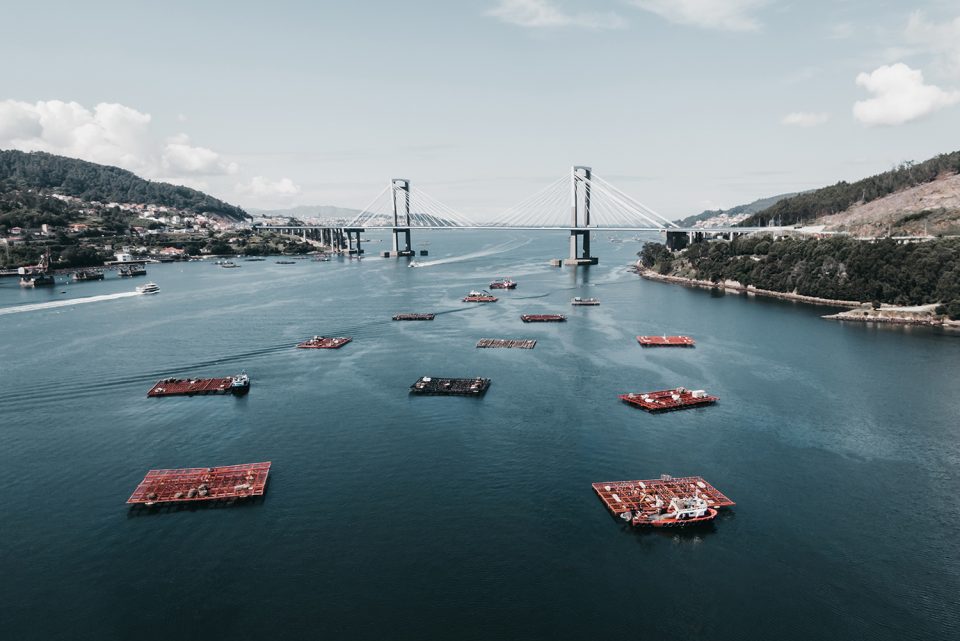
In October 2021, researchers at Japan’s Nara Institute of Science and Technology published findings on a bacterium that can degrade petroleum-based plastics and produce more biodegradable ones.
The bacterium Ideonella sakaiensis converts poly(ethylene terephthalate) (PET) plastics into highly biodegradable poly(3-hydroxybutyrate) (PHB). This could provide a new approach not only for PET recycling but also for the sustainable production of biodegradable plastics.
However, Japan’s findings on plastic-eating bacteria aren’t new. In March 2020, German scientists collected soil from a brittle plastic waste site in Leipzig and discovered a bacterium that degrades some of the chemical building blocks of polyurethane. Polyurethane is used in refrigerators, buildings, footwear, furniture and other applications but is difficult to recycle or destroy as it does not melt when heated.
“The bacterium, Pseudomonas sp. TDA1, attacks the chemical bonds that make polyurethane and uses them as a carbon, nitrogen and energy source,” Dr. Hermann Heipieper of the Helmholtz Centre for Environmental Research in Leipzig, Germany, told the Advocate. “We discovered how it could metabolize certain chemical compounds for energy and have conducted other experiments to learn more about its capabilities. The bacterium will help us degrade plastic, but it will not solve the plastic problem. We have to stop plastic pollution in the first place.”
The discovery of the common soil fungus Aspergillus tubingensis is also drawing attention. A group of researchers found that the fungus, discovered at a waste disposal site in Pakistan in 2017, uses its enzymes to feed on the surface of polyurethane, causing surface degradation and scarring. The group’s next task is to determine the best conditions in which the fungi could work.
“I hope that one day we will solve the problem of excessive plastic waste,” said Dr. Sehroon Khan of the Soil Biology Group at China’s Kumming Institute of Botany. “With a proper protocol for large-scale biodegradation, the hazardous effects of plastic would decrease considerably. It is possible to degrade plastic at an industrial level, but funding and time will be required.”
Could these discoveries be welcome news for fisheries and aquaculture? Plastic is used extensively in both, for example in offshore cages (nets and feeding systems), coastal fishponds (pond liners) and shellfish farming (mussel socks, oyster spat collectors and mussel pegs). It’s also used to make fishing nets, fishing lines and threads called dolly rope that protect bottom trawling nets against wear and tear. All are susceptible to loss through extreme weather events, mismanagement of waste or deliberate discharge. If left unmanaged, aquaculture and fisheries pollution can have detrimental implications. It can entangle marine species, resulting in injuries and death, negatively impact human health, recreational and cultural experiences like coastal tourism and contribute to climate change.
‘We will very likely find it’: Microplastics warning sounded for aquafeeds
“Twenty percent of plastic at sea comes from marine-based sources like aquaculture, fishing or shipping,” said Mariana Mata Lara, environmental project manager at Geonardo Environmental Technologies in Hungary. “This might seem little considering how the other 80 percent comes from land. But if we look at aquaculture, it’s the fastest-growing food sector worldwide. In 2021, the FAO stated that over the 10 years to 2019, global marine and coastal aquaculture production grew by 64 percent in volume, compared to only 4 percent growth for wild-capture fisheries production over the same period. An increase in aquaculture production can only mean an increase in pollution, including plastic debris.”
“Plastic pollution from fisheries depends on the area and fisheries activities there,” said Bavo De Witte, research scientist at the Flanders Research Institute for Agriculture, Fisheries and Food in Oostende, Belgium. “For example, less than 10 percent of plastic on some beaches comes from fishing gear, while for others, over 90 percent of their plastic is from fisheries. But both large items, such as lost fishing gear, and smaller items, such as dolly ropes, cause environmental issues that fisheries must pay attention to. There is still a [lack] of clarity on the effects of microplastics on the marine ecosystem. Especially on populations and ecosystem dynamics, clear effects are difficult to prove, but on the level of the individual organism, there are physical impacts from plastic particles or fibers, such as damage to feeding appendages or digestive tract, and impacts of chemicals from plastic particles, in particular plastic additives.”
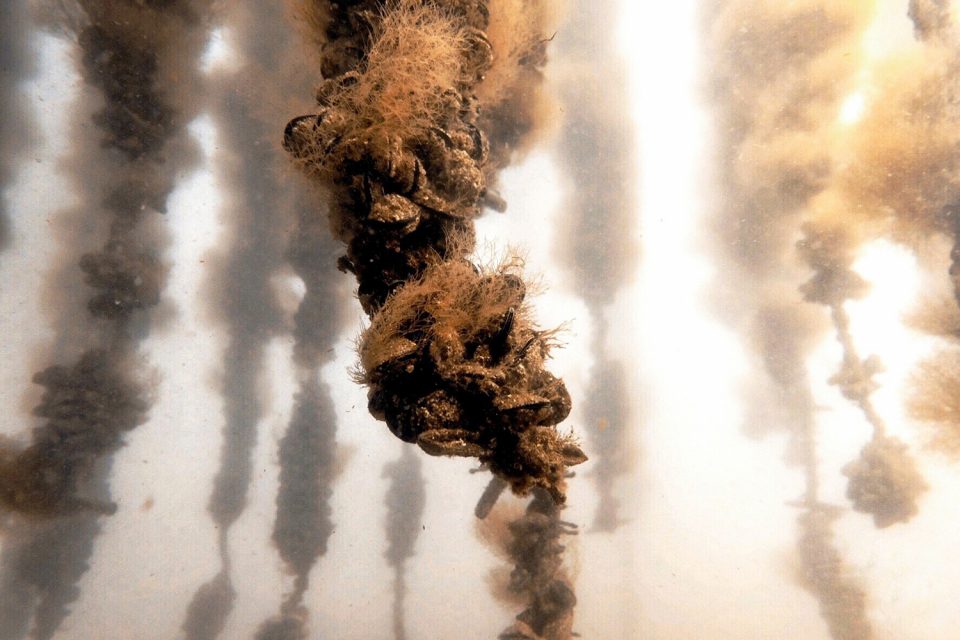
Plastic-eating bacteria and fungi sound promising but how significant a role can they play in reducing plastic pollution from aquaculture and fisheries? Caroline De Tender, also of the Flanders Research Institute for Agriculture, Fisheries and Food, says that there are some limits to their usefulness. One drawback is that, in most cases, they can only break down one specific polymer, such as polyethylene, PET or polypropylene. Another is that biodegradation will take multiple weeks or months, while the consequences of using millions of concentrations of bacteria or fungi in a particular environment are unknown. The key is to be savvy about where they are used.
“We will need to know if they have to be adapted to specific conditions, or that they are not harming the environment,” said De Tender. “Bacteria and fungi are living things that change and evolve and they must be happy to settle somewhere. Conditions must be right, which means that it’s impossible to spread bacteria and fungi over the ocean and leave them to deal with the plastic problem. They will never be a one-size-fits-all type of solution.”
De Tender believes that it will also be difficult to use them at an industrial level. Both would need to be cultivated and present in extremely high concentrations, she says, and not all of them can be cultivated easily. It’s also unclear whether a particular bacterium or fungus would harm a local ecosystem and its microbial community.
The simplest step that aquaculture could take is to cut plastic and seek and find valid alternatives.
“There may be industrial applications later on, but we will need to do things very concisely,” she said. “One way forward is to study the enzymes that are derived from these bacteria and fungi. Enzymes are more of a chemical substance that we can control. They are complex molecules that can speed up chemical reactions, and we know the concentrations that we want to use. We can also produce enzymes locally. Having said this, however, if we use bacteria or fungi to degrade plastic from aquaculture and fisheries, we would need a method by which both industries collect their plastic and bring it to a place such as an industrial plant that could biodegrade plastic using bacteria or fungi. ”
One solution for fisheries and aquaculture is to stop using plastic that isn’t easily degraded and investigate what could be made with degradable plastic.
Together with aquaculture stakeholders from the Mediterranean, Baltic and North seas, Mata Lara and her colleagues are working on a toolbox to tackle marine litter. It presents more than 400 ideas and solutions to address the plastic issue from three stages: prevention and reduction, monitoring and quantification, and removal and recycling. Action plans for specific regions and a set of policy recommendations are also outlined.
“The simplest step that aquaculture could take is to cut plastic and seek and find valid alternatives,” said Mata Lara. “We need to think of all tools and gear, even smaller ones like strapping bands, gloves, Styrofoam boxes and buoys. This would avoid the risk of fragmentation and accidental loss and the further creation of microplastics.”
“Monitoring is a key step to map marine litter sources and their impacts,” said De Witte. “To monitor litter on the seafloor, we can look at how much comes from a fishing net and we can use ROVs and divers, but all these methods have drawbacks in assessing sources and the impact of marine litter on a large scale.”
De Witte says it’s also important to share information with fishermen on sustainable gear made from biodegradable material. But how do we ensure that they choose this option if it is also more expensive?
“Initiatives to encourage the use of sustainable gear as well as recycling are needed,” said De Witte. “Bacteria and fungi may help us one day but industries like fisheries will always need to be responsible for their own waste.”
Follow the Advocate on Twitter @GSA_Advocate
Now that you've reached the end of the article ...
… please consider supporting GSA’s mission to advance responsible seafood practices through education, advocacy and third-party assurances. The Advocate aims to document the evolution of responsible seafood practices and share the expansive knowledge of our vast network of contributors.
By becoming a Global Seafood Alliance member, you’re ensuring that all of the pre-competitive work we do through member benefits, resources and events can continue. Individual membership costs just $50 a year.
Not a GSA member? Join us.
Author
-

Bonnie Waycott
Correspondent Bonnie Waycott became interested in marine life after learning to snorkel on the Sea of Japan coast near her mother’s hometown. She specializes in aquaculture and fisheries with a particular focus on Japan, and has a keen interest in Tohoku’s aquaculture recovery following the 2011 Great East Japan Earthquake and Tsunami.
Related Posts
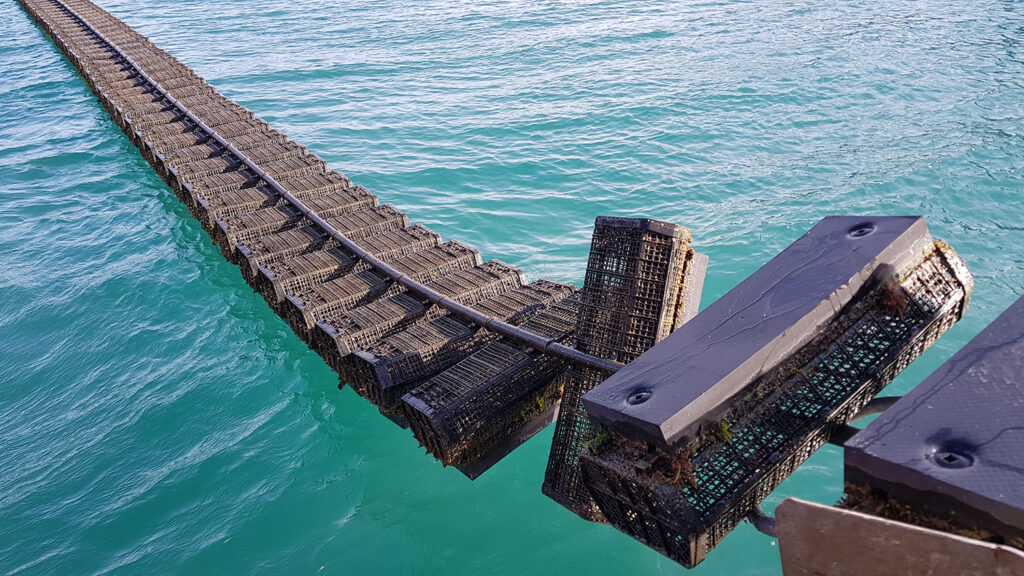
Innovation & Investment
Innovation Award 2021 finalist: FlipFarm
FlipFarm, a semi-automated oyster-growing system from New Zealand, is a finalist for GSA’s annual Global Aquaculture Innovation Award.
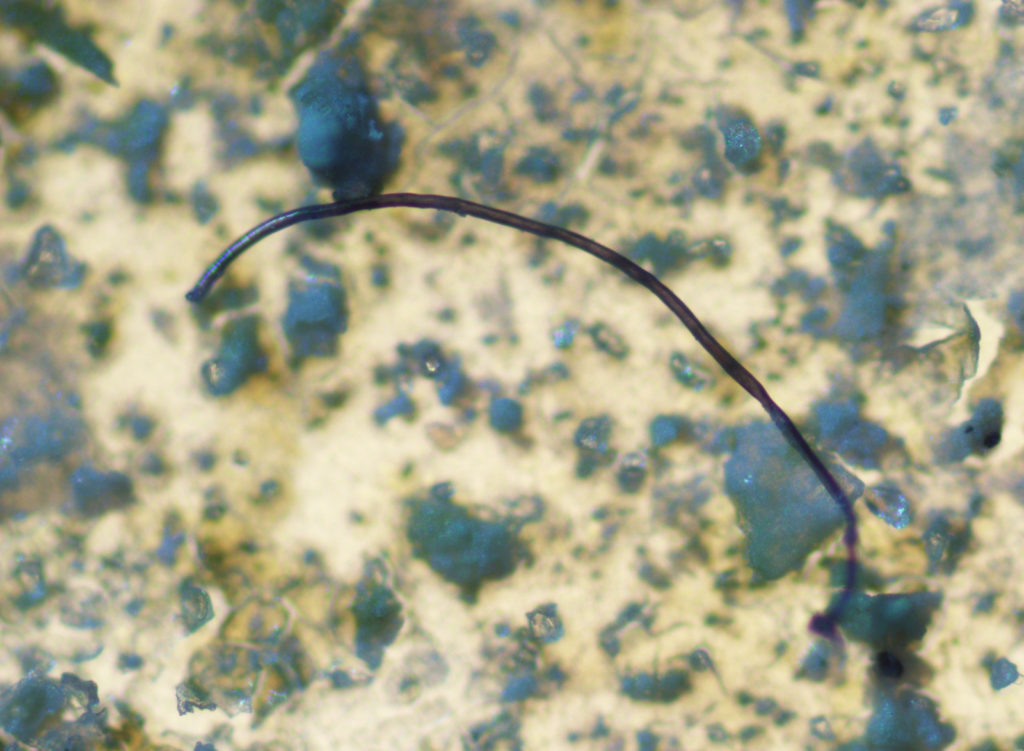
Responsibility
They’re ‘everywhere’: The pervasiveness of microplastics
How has the plastic in aquaculture operations contributed to microplastic pollution? And is plastic pollution contaminating aquaculture products? The Advocate takes a closer look.
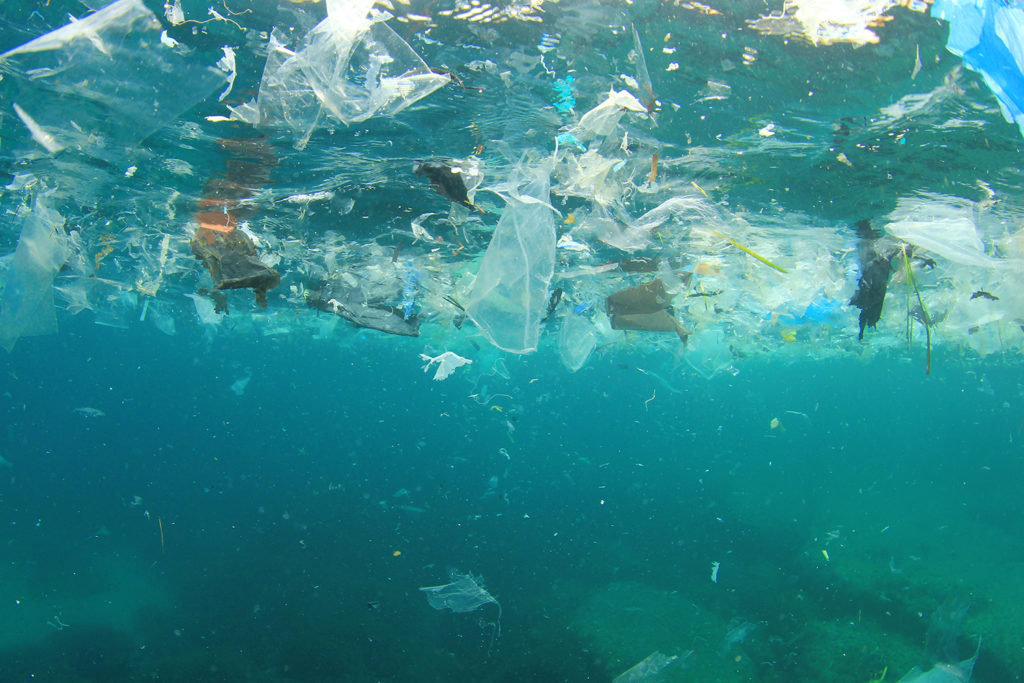
Responsibility
What threat do microplastics, a.k.a. ‘ocean hitchhikers’, pose to aquaculture?
A Trends in Microbiology paper posits that ocean microplastics could be a vector for pathogens, spreading antimicrobial-resistant genes.
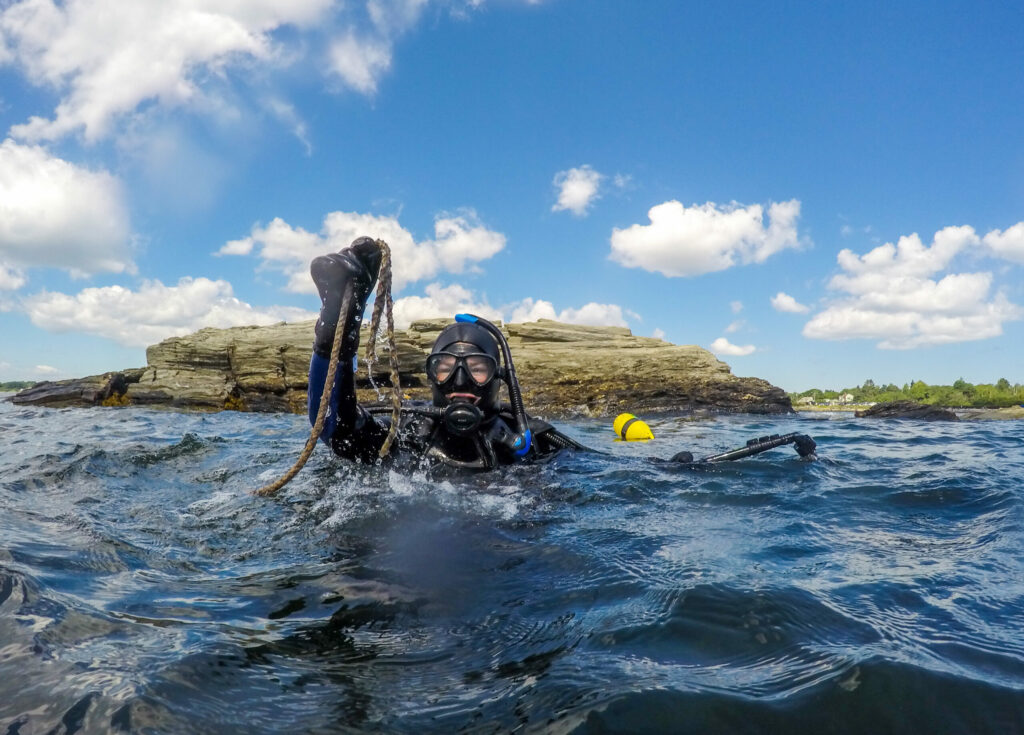
Fisheries
The hidden cost of ghost gear lost by fishing and aquaculture
Abandoned, lost or discarded fishing gear can inflict damage on marine life and the ocean, but what's the economic cost of ghost gear?


